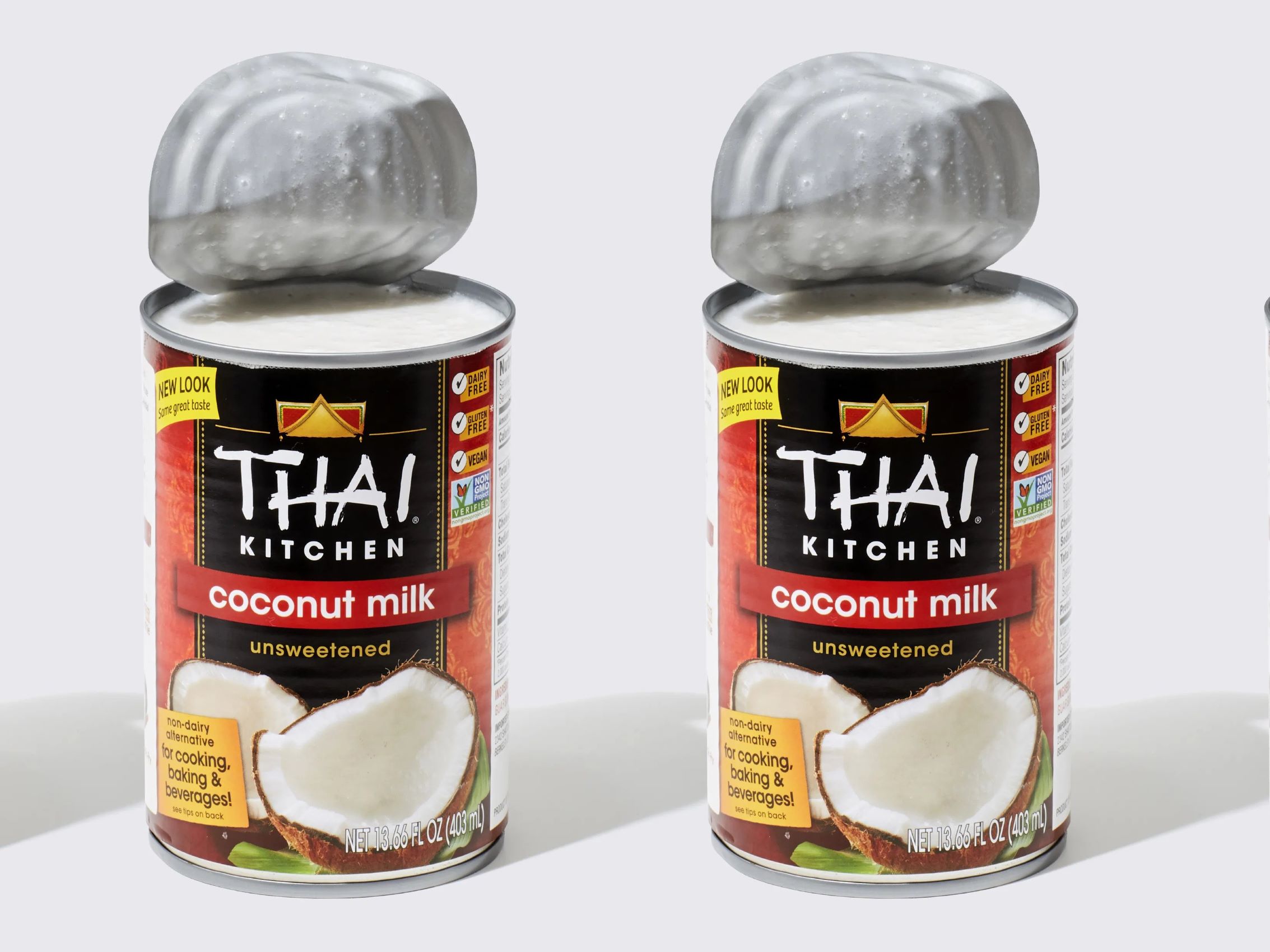

Articles
How To Store Opened Can Of Coconut Milk
Modified: March 23, 2024
Learn how to properly store an opened can of coconut milk to keep it fresh and extend its shelf life. Read our informative articles today!
(Many of the links in this article redirect to a specific reviewed product. Your purchase of these products through affiliate links helps to generate commission for Storables.com, at no extra cost. Learn more)
Introduction
Welcome to the world of coconut milk, a creamy and versatile ingredient that adds richness and flavor to countless dishes. Whether you’re a culinary enthusiast or just beginning to explore the wonders of coconut milk, you may find yourself wondering how to properly store an opened can to maintain its freshness and quality.
In this article, we will guide you through the process of storing an opened can of coconut milk, ensuring that you maximize its shelf life and preserve its taste and texture. By following the right techniques and taking certain factors into consideration, you can enjoy the benefits of coconut milk in your cooking for an extended period of time.
Before we dive into the specifics, let’s start by understanding the basics of coconut milk and its composition.
Key Takeaways:
- Properly storing opened coconut milk in an airtight container, refrigerating it, and using it within 4-7 days can maintain its freshness and quality, ensuring delicious culinary experiences.
- Utilizing best practices like checking for spoilage, freezing for long-term storage, and repurposing leftover coconut milk can extend its shelf life and minimize waste, enhancing your cooking journey.
Read more: How To Store Open Can Of Coconut Milk
Understanding the Basics of Coconut Milk
Coconut milk is derived from the flesh of mature coconuts. It is created by blending the grated coconut meat with water and then straining the mixture to extract the milk. Coconut milk is commonly used in various cuisines worldwide due to its rich flavor and creamy consistency.
Coconut milk is a popular dairy alternative and is often chosen by those following a vegan or lactose-free diet. It is not only delicious but also packed with essential nutrients, including healthy fats, vitamins, and minerals.
When it comes to storing coconut milk, there are a few key factors that you should keep in mind:
Factors to Consider Before Storing
- Container type: The container in which the coconut milk is stored plays a crucial role in maintaining its freshness. Opt for a container that is airtight and specifically designed for storing liquids.
- Temperature: Coconut milk is sensitive to extreme temperatures. Avoid storing it in places exposed to heat or direct sunlight, as this can cause spoilage.
- Hygiene: Ensure that your storage container and handling utensils are clean and free from contaminants. This will help prevent bacterial growth and maintain the quality of the coconut milk.
Now that you understand the basics and the factors to consider, let’s delve into the proper storage techniques for an opened can of coconut milk.
Key Takeaways:
- Properly storing opened coconut milk in an airtight container, refrigerating it, and using it within 4-7 days can maintain its freshness and quality, ensuring delicious culinary experiences.
- Utilizing best practices like checking for spoilage, freezing for long-term storage, and repurposing leftover coconut milk can extend its shelf life and minimize waste, enhancing your cooking journey.
Read more: How To Store Open Can Of Coconut Milk
Understanding the Basics of Coconut Milk
Coconut milk is a delicious and creamy ingredient that is widely used in various cuisines around the world. It is made from the flesh of mature coconuts and is known for its rich flavor and versatility in cooking.
The process of making coconut milk starts with extracting the white coconut flesh from the hard shell. This flesh is then grated or blended with water to create a thick and creamy liquid. The mixture is usually strained to remove any remaining coconut pieces, resulting in a smooth and silky coconut milk.
Coconut milk is a popular choice for those following a vegan or dairy-free diet, as it serves as a great alternative to traditional cow’s milk. It is not only versatile, but it also offers various health benefits.
One key nutritional component of coconut milk is its high content of healthy fats. These fats are predominantly in the form of medium-chain triglycerides (MCTs), which have been associated with numerous health benefits. MCTs are easily digested and can provide a quick source of energy.
In addition to healthy fats, coconut milk also contains essential vitamins and minerals. These include vitamins C, E, B vitamins, iron, magnesium, and potassium. These nutrients play important roles in supporting overall health and well-being.
Coconut milk is a versatile ingredient that can be used in both sweet and savory dishes. It adds a rich and creamy texture to curries, soups, and stews, and can be used as a dairy-free alternative in baking recipes such as cakes, cookies, and smoothies.
When selecting coconut milk, it’s important to differentiate between two common types: thick and thin. Thick coconut milk, also known as coconut cream, contains a higher concentration of coconut solids and has a richer and creamier consistency. It is often used in dishes that require a thicker texture, such as desserts and sauces.
On the other hand, thin coconut milk has a higher water content and is lighter in consistency. It is commonly used in soups, curries, and beverages. Both types of coconut milk have their own unique qualities and can be used interchangeably depending on the desired outcome of the recipe.
Now that you have a better understanding of the basics of coconut milk, it’s time to explore the proper techniques for storing an opened can for optimal freshness and quality.
Factors to Consider Before Storing
Properly storing an opened can of coconut milk is essential to maintain its freshness and quality. Before we dive into the storage techniques, let’s discuss some important factors to consider:
- Container type: The container in which you store the coconut milk plays a crucial role in preserving its freshness. It is recommended to transfer the remaining coconut milk from the can into an airtight container. Choose a container that is specifically designed for storing liquids, such as a glass jar or BPA-free plastic container. The airtight seal will help prevent the entry of air and other contaminants, ensuring the coconut milk stays fresh for longer.
- Temperature: Coconut milk is sensitive to temperature changes. It is best to store it in a cool and dark place, away from direct sunlight and heat sources. Avoid storing it near the oven or stove, as the heat can cause the coconut milk to spoil faster. Additionally, do not freeze opened cans of coconut milk, as this can alter the texture and consistency when thawed.
- Hygiene: Before transferring the coconut milk to the storage container, make sure your hands and any utensils you use are clean and free from contaminants. Bacteria can easily grow in milk-based products, so maintaining good hygiene practices will help preserve the quality and extend the shelf life of the coconut milk.
By taking these factors into consideration, you can ensure that the opened can of coconut milk remains fresh and flavorful for an extended period of time.
Now that we have covered the key factors to consider, let’s move on to the proper storage techniques for opened cans of coconut milk to ensure maximum shelf life and quality.
Store opened can of coconut milk in an airtight container in the refrigerator for up to 4-5 days. Make sure to give it a good stir before using it, as the cream and liquid may separate.
Proper Storage Techniques for Opened Can of Coconut Milk
Once you have opened a can of coconut milk, it is important to store it properly to maintain its freshness and prevent spoilage. Follow these storage techniques to ensure the longevity of your coconut milk:
- Transferring to a storage container: After opening the can, transfer the remaining coconut milk to an airtight container. This step is crucial as it helps prevent contamination and extends the shelf life of the coconut milk. Make sure the container is clean and sterilized before pouring the coconut milk into it.
- Labeling and dating: To keep track of the freshness of your coconut milk, label the storage container with the date you opened the can. This will help you remember when to use it or determine if it has exceeded its recommended shelf life.
- Proper sealing: Ensure that the container is tightly sealed to prevent the entry of air and maintain the freshness of the coconut milk. This will also help preserve its creamy texture and prevent it from absorbing any odors from the refrigerator.
- Refrigeration: Coconut milk should be refrigerated after opening to slow down the growth of bacteria and maintain its quality. Place the sealed container in the refrigerator and keep it away from foods with strong odors, as coconut milk easily absorbs odors from its surroundings.
- Positioning in the refrigerator: It is best to store the coconut milk towards the back of the refrigerator, away from the door. The back of the refrigerator experiences less temperature variation, which helps maintain a consistent, cool temperature for the coconut milk.
By following these storage techniques, you can prolong the shelf life of your opened can of coconut milk and ensure that it remains fresh and tasty for future use.
Next, let’s explore some best practices to further extend the shelf life of coconut milk and preserve its quality.
Best Practices for Extending Shelf Life
To get the most out of your coconut milk and extend its shelf life, consider following these best practices:
- Use it within a reasonable time: While coconut milk can last for several days in the refrigerator, it is recommended to use it within 4-7 days after opening. This will ensure the best taste and quality.
- Check for signs of spoilage: Before using the coconut milk, inspect it for any signs of spoilage, such as a sour smell, off-color, or curdling. If you notice any of these signs, it is best to discard the coconut milk to avoid any potential health risks.
- Freezing for long-term storage: If you have a surplus of coconut milk and want to extend its shelf life even further, consider freezing it. Transfer the coconut milk to an airtight container, leaving some room for expansion as liquid expands when frozen. Label the container with the date and store it in the freezer. Frozen coconut milk can last for up to 3 months. When thawing, allow it to defrost slowly in the refrigerator before using.
- Utilize ice cube trays: If you often find yourself needing small portions of coconut milk for recipes, consider freezing them in ice cube trays. Once frozen, transfer the coconut milk cubes to a freezer-safe bag or container. This way, you can easily grab the desired amount without having to thaw a larger container.
- Consider portion control: If you frequently open cans of coconut milk but only require small amounts for your recipes, try using individual-sized cans or cartons. This way, you can avoid opening larger cans and reduce the waste or need for storing leftovers.
By implementing these best practices, you can maximize the shelf life of your opened can of coconut milk and ensure that you always have it on hand for your culinary endeavors.
Now, let’s take a look at some additional tips and tricks to make the most of your coconut milk storage experience.
Additional Tips and Tricks
When it comes to storing an opened can of coconut milk, here are some additional tips and tricks to enhance your experience:
- Use leftover coconut milk: If you find yourself with leftover coconut milk that you cannot use within the recommended timeframe, consider incorporating it into your cooking. Add it to soups, sauces, curries, smoothies, or even freeze it in ice cube trays for later use.
- Separation is normal: It’s important to note that coconut milk naturally separates when stored. The thick cream will rise to the top while the liquid part settles at the bottom. Before using the coconut milk, give it a good shake or stir to combine the layers.
- Repurposing the can: Instead of transferring the coconut milk to a separate container, you can also cover the opened can with plastic wrap or a tight-fitting lid. Make sure to clean the rim before sealing to prevent contamination. However, transferring the coconut milk to a separate container provides better hygiene and reduces the risk of contamination.
- Consider homemade coconut milk: If you frequently use coconut milk, consider making your own at home. Homemade coconut milk can be stored in the same way as store-bought coconut milk, offering you more control over its quality and freshness.
- Experiment with freezing: Aside from freezing the coconut milk as a whole, you can also try freezing it in smaller portions, such as in ice cube trays or silicone molds. This allows you to easily grab a specific portion size for your recipes without worrying about wastage.
By implementing these additional tips and tricks, you can make the most of your coconut milk storage, minimize waste, and ensure a seamless cooking experience.
Now that we have covered various aspects of storing an opened can of coconut milk, let’s address some frequently asked questions to further clarify any doubts you may have.
Frequently Asked Questions (FAQs)
Here are answers to some commonly asked questions regarding the storage of opened cans of coconut milk:
1. Can I store coconut milk in its original can once it’s been opened?
While it is possible to cover the opened can with plastic wrap or a tight-fitting lid, it is generally recommended to transfer the coconut milk to a separate airtight container. This helps maintain its freshness, prevents contamination, and extends its shelf life.
2. Can I freeze opened cans of coconut milk?
It is not recommended to freeze opened cans of coconut milk as the liquid expands when frozen, causing potential damage to the can and altering the texture of the milk. Instead, transfer the coconut milk to an airtight container and freeze it if you want to prolong its shelf life.
3. How long does opened coconut milk last in the refrigerator?
Opened coconut milk can last for about 4-7 days in the refrigerator. It is always important to check for any signs of spoilage before using it, such as an off smell or curdling.
4. Can I use separated coconut milk?
Yes, separated coconut milk is perfectly safe to use. Simply give the coconut milk a good shake or stir before using to combine the layers. The separation is a natural occurrence and does not affect the quality or taste of the coconut milk.
5. What can I do with leftover coconut milk?
If you have any leftover coconut milk that cannot be consumed within the recommended timeframe, consider using it in various recipes. It can be added to curries, soups, smoothies, desserts, or even frozen in ice cube trays for future use.
6. Can I use expired coconut milk?
It is generally not recommended to use expired coconut milk, as it may have lost its freshness and quality. Consuming expired coconut milk can lead to gastrointestinal issues. It is best to discard any coconut milk that is past its expiration date.
These answers should provide clarity on some common concerns regarding the storage of opened cans of coconut milk. If you have any additional questions or doubts, feel free to consult with the manufacturer’s guidelines or seek professional advice.
Now, let’s wrap up this article.
Conclusion
Storing an opened can of coconut milk properly is essential to extend its shelf life and maintain its freshness. By following the right techniques and considering key factors, you can enjoy the benefits of coconut milk in your culinary endeavors.
Understanding the basics of coconut milk, including its composition and uses, is the first step towards proper storage. Knowing the factors to consider before storing, such as container type, temperature, and hygiene, can significantly impact the longevity of your coconut milk.
When it comes to storage techniques, transferring the coconut milk to an airtight container, labeling and dating it, and refrigerating it are important steps to ensure optimal freshness. Positioning the container properly in the refrigerator and utilizing portion control methods can also help preserve the quality of the coconut milk.
Implementing best practices, including using the coconut milk within a reasonable timeframe, checking for signs of spoilage, and considering freezing for long-term storage, can further extend the shelf life of your coconut milk.
Additional tips like repurposing the can, using leftover coconut milk creatively, and experimenting with freezing can minimize waste and enhance your storage experience.
By following these guidelines and considering the frequently asked questions, you can confidently store an opened can of coconut milk and enjoy its delicious and versatile qualities for longer.
So go ahead, stock up on coconut milk, and savor its creamy goodness in your favorite recipes!
Frequently Asked Questions about How To Store Opened Can Of Coconut Milk
Was this page helpful?
At Storables.com, we guarantee accurate and reliable information. Our content, validated by Expert Board Contributors, is crafted following stringent Editorial Policies. We're committed to providing you with well-researched, expert-backed insights for all your informational needs.
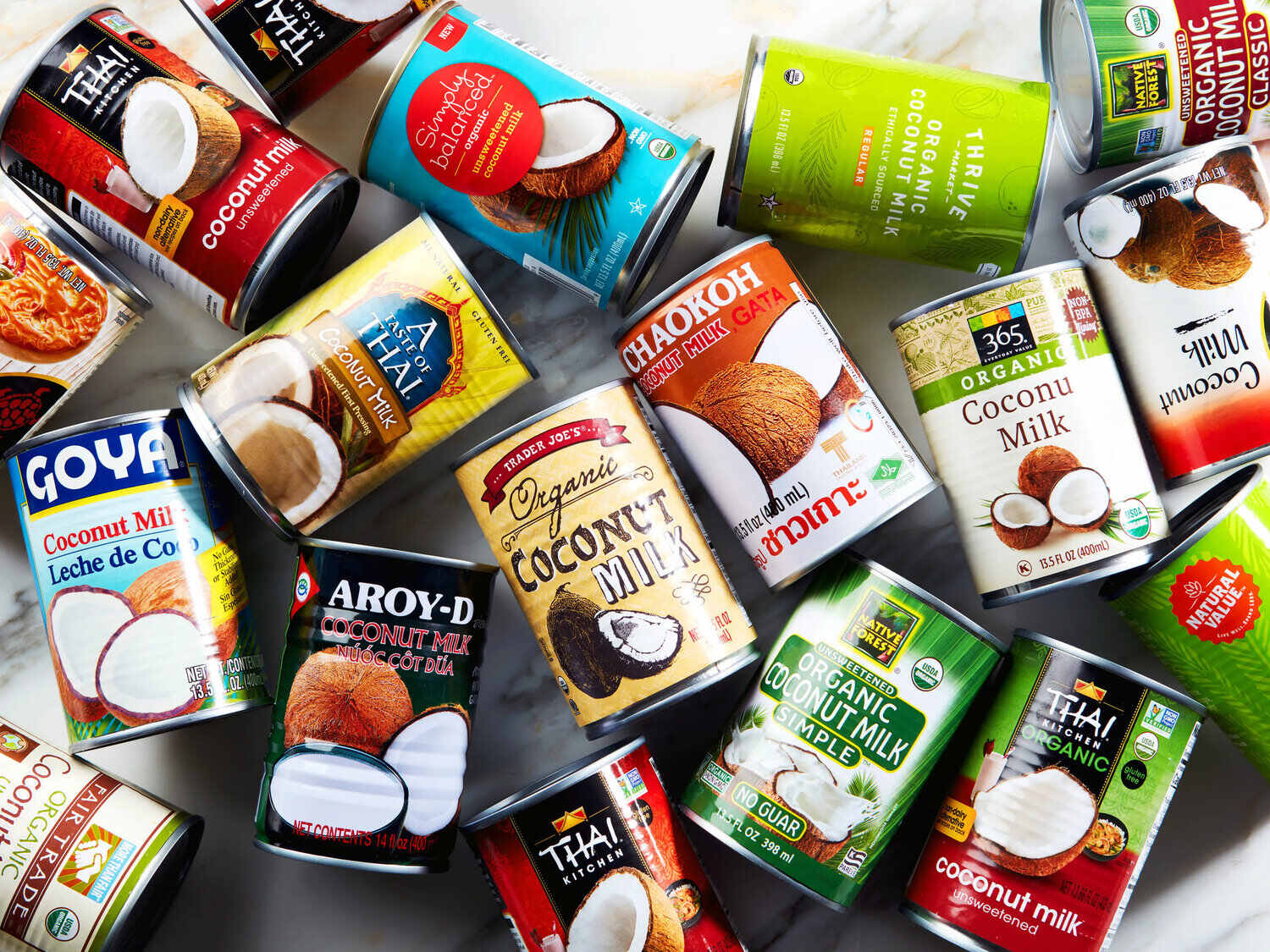
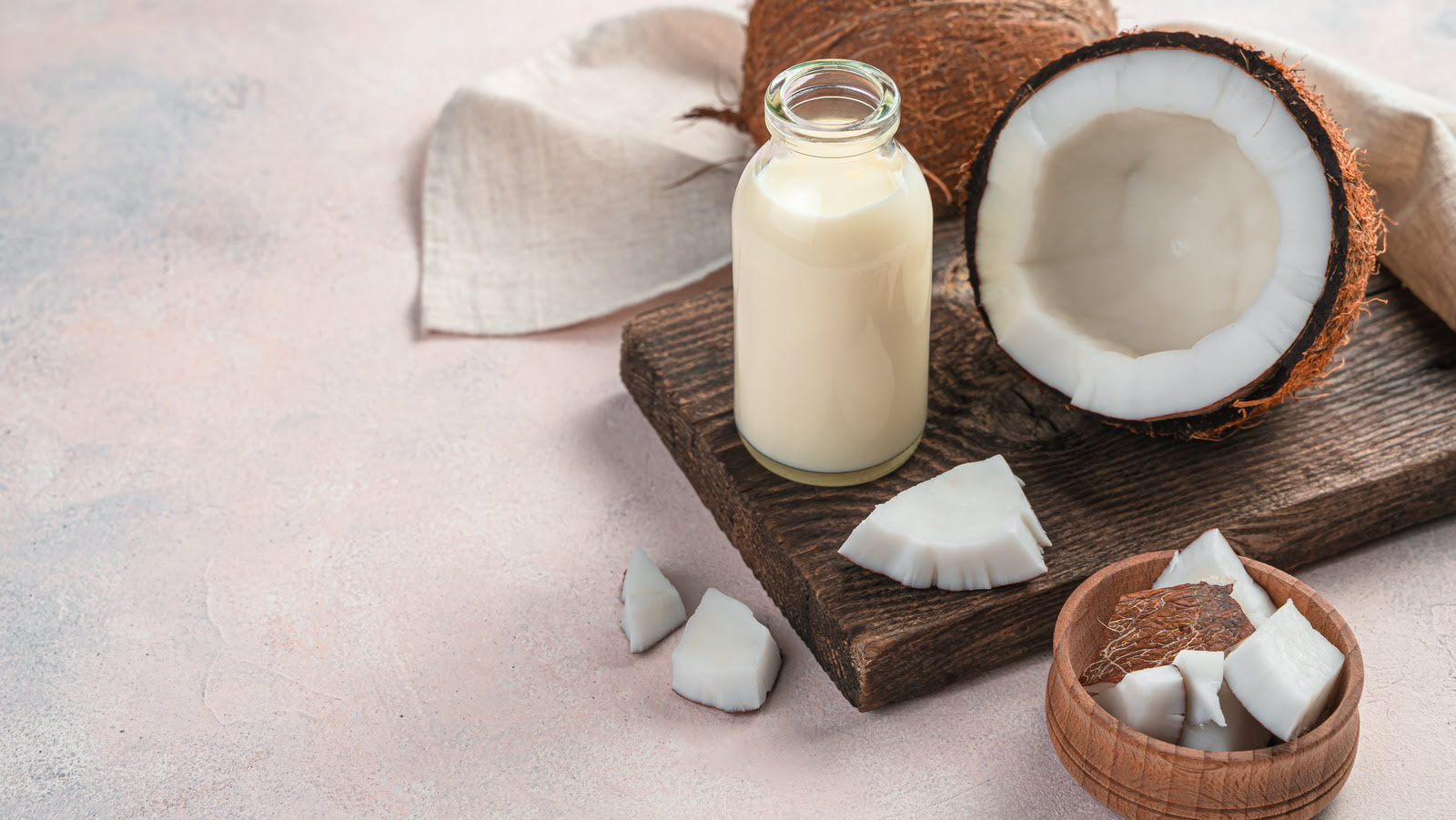
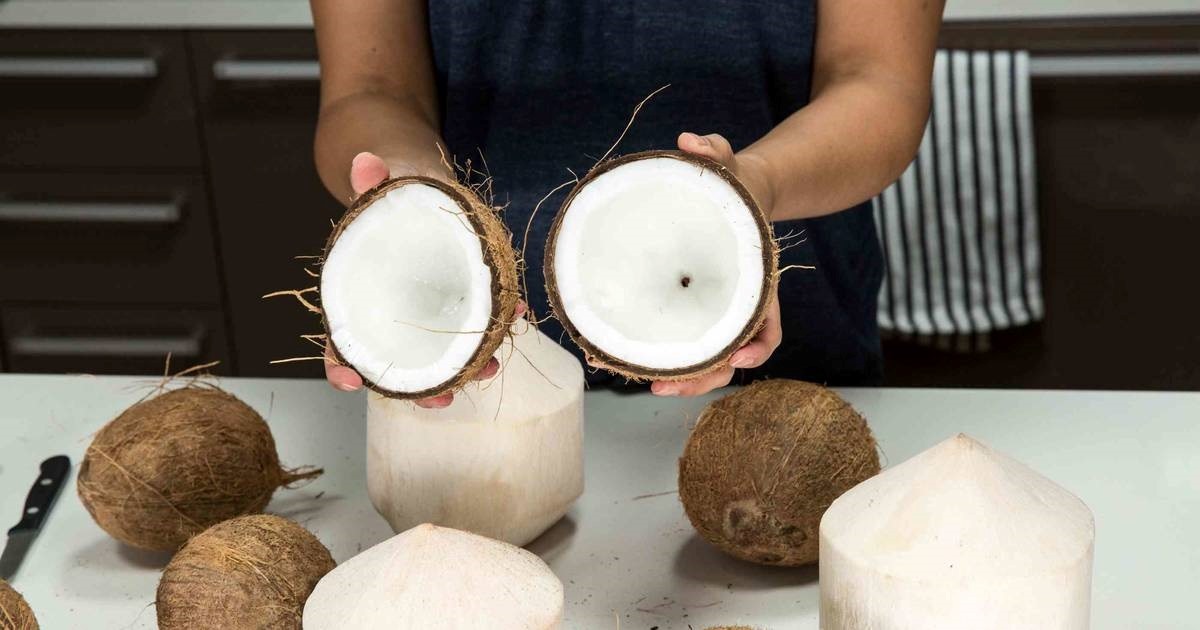
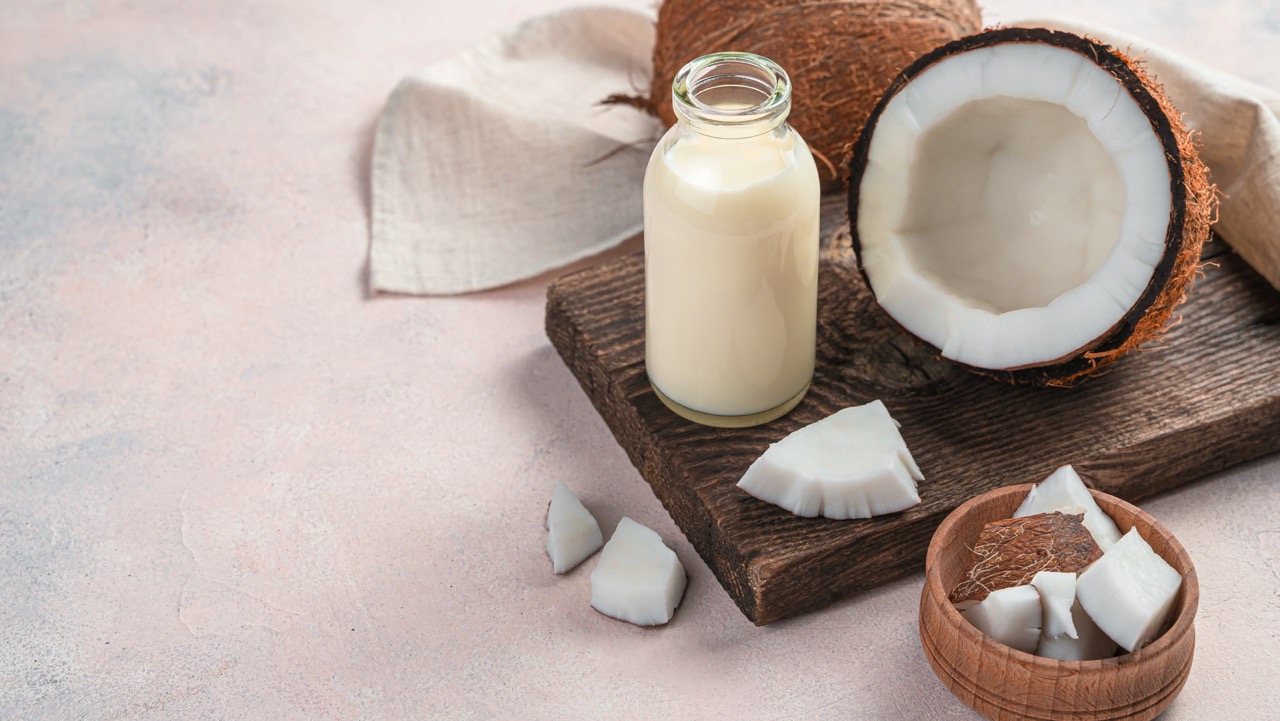
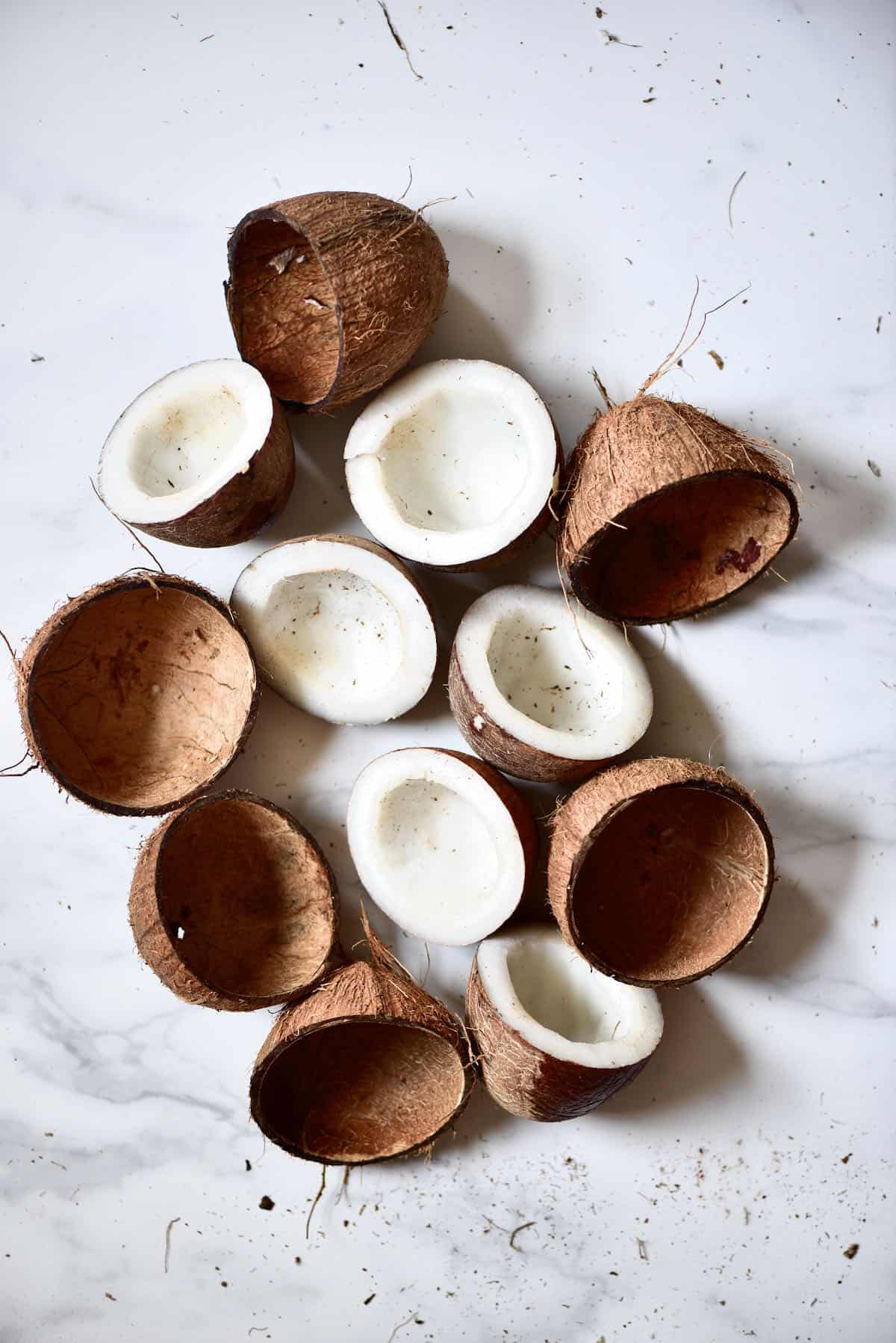
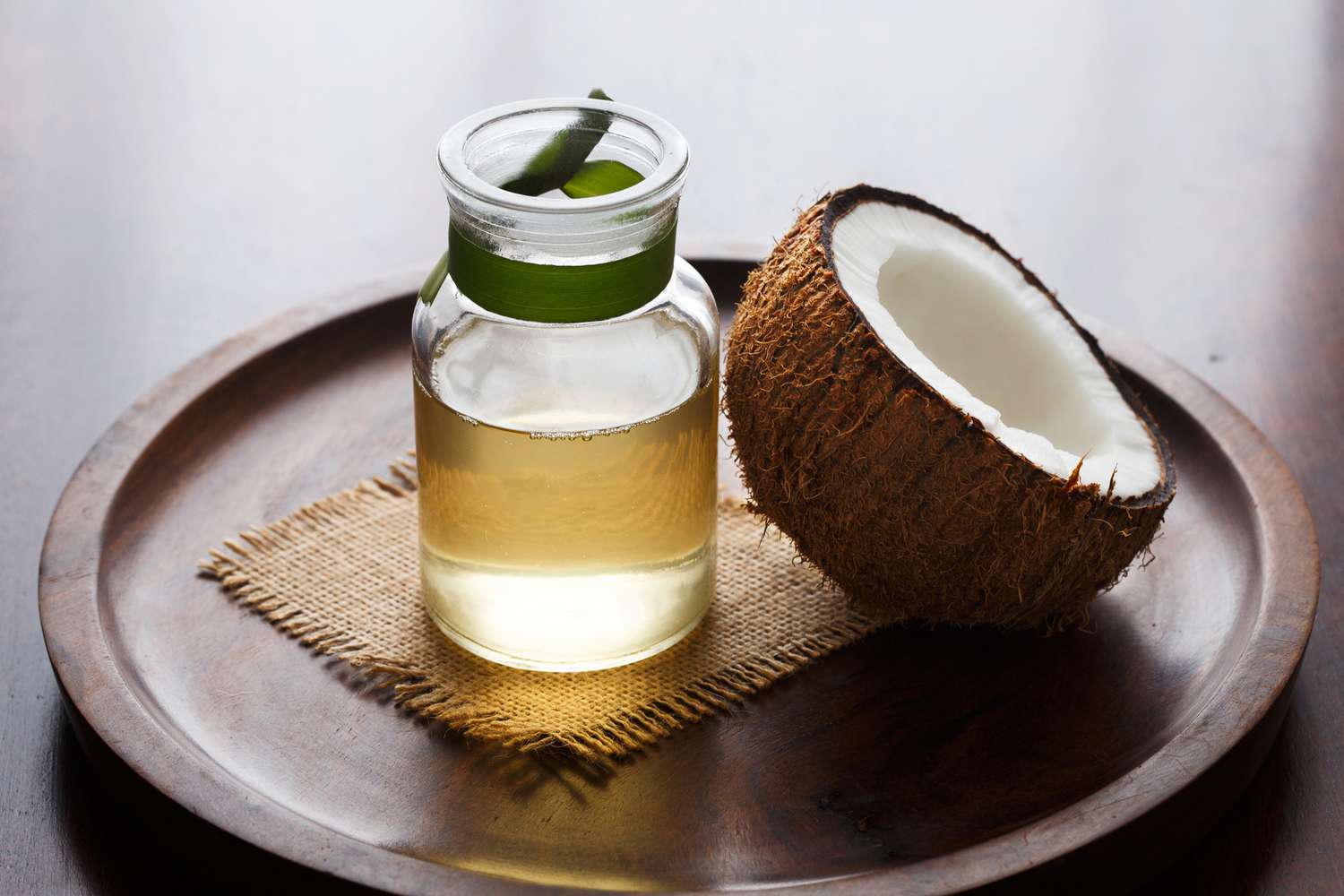
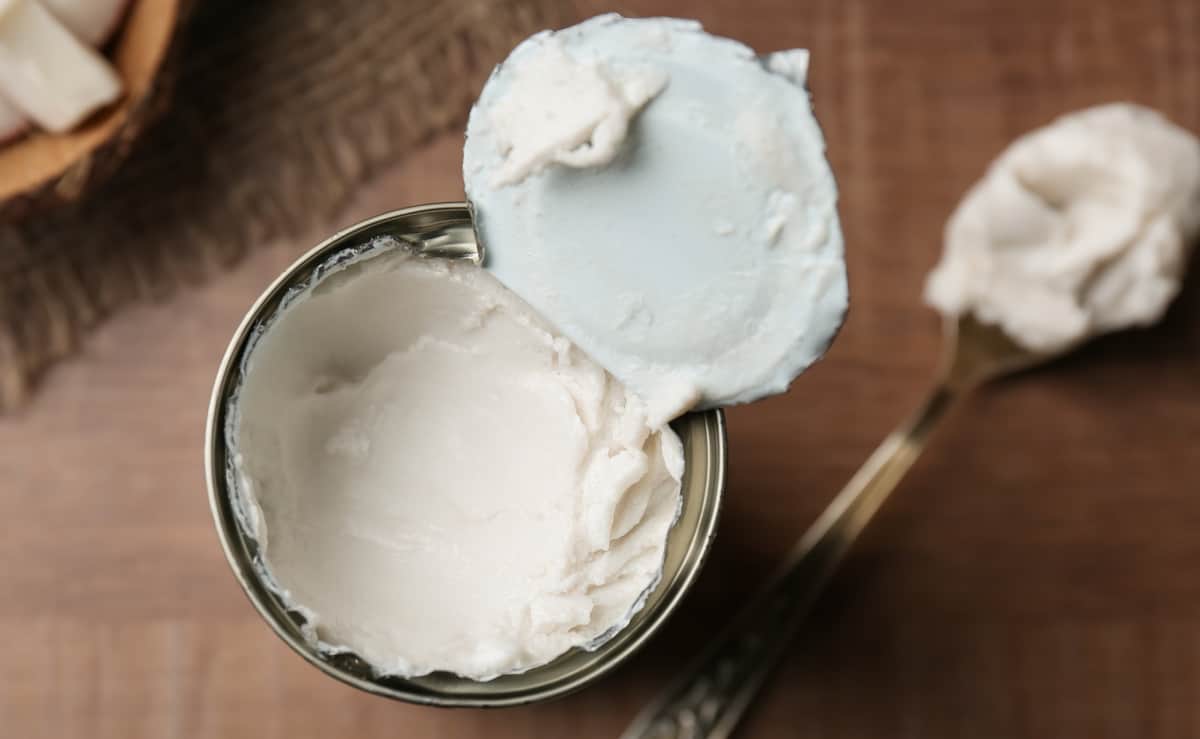
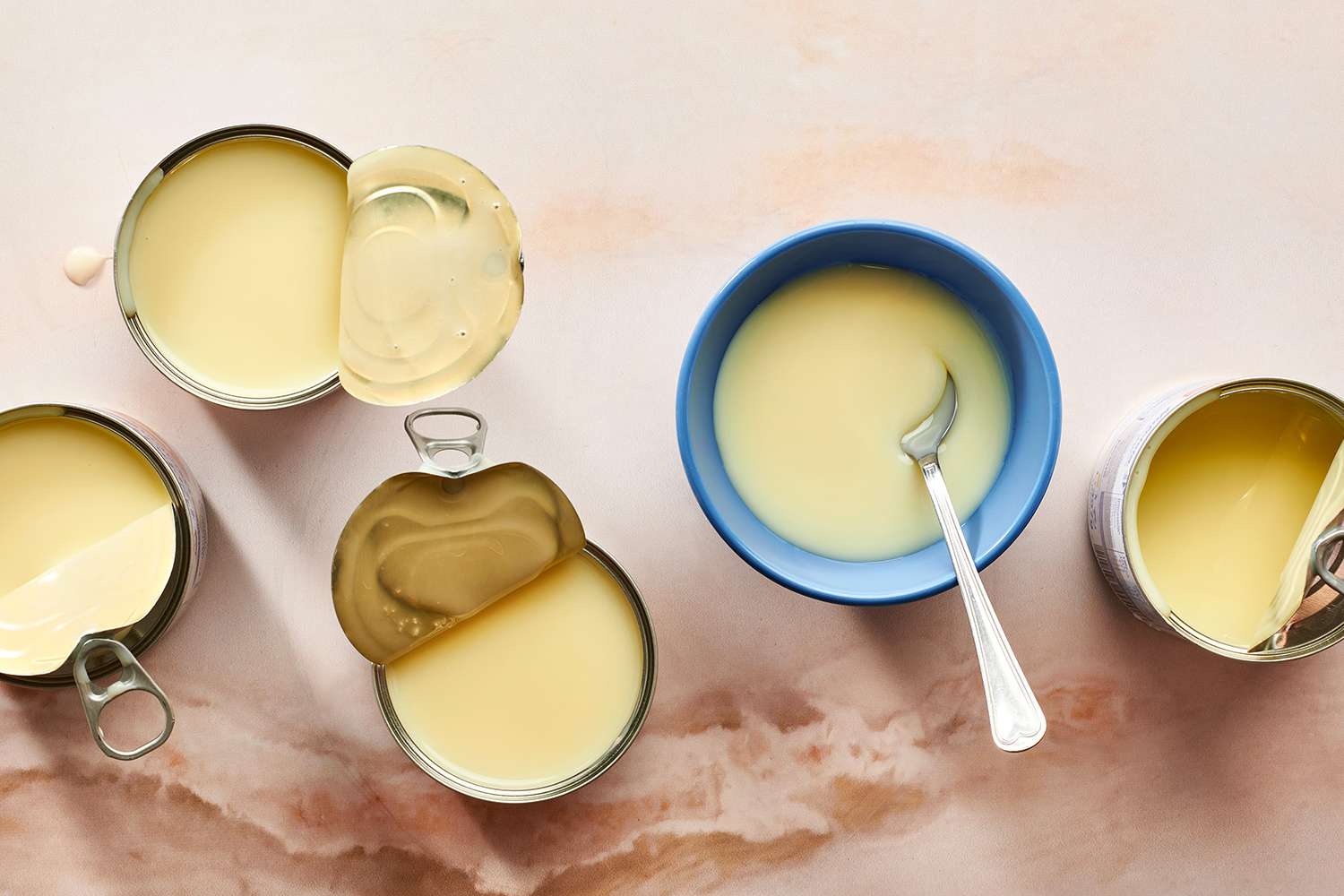
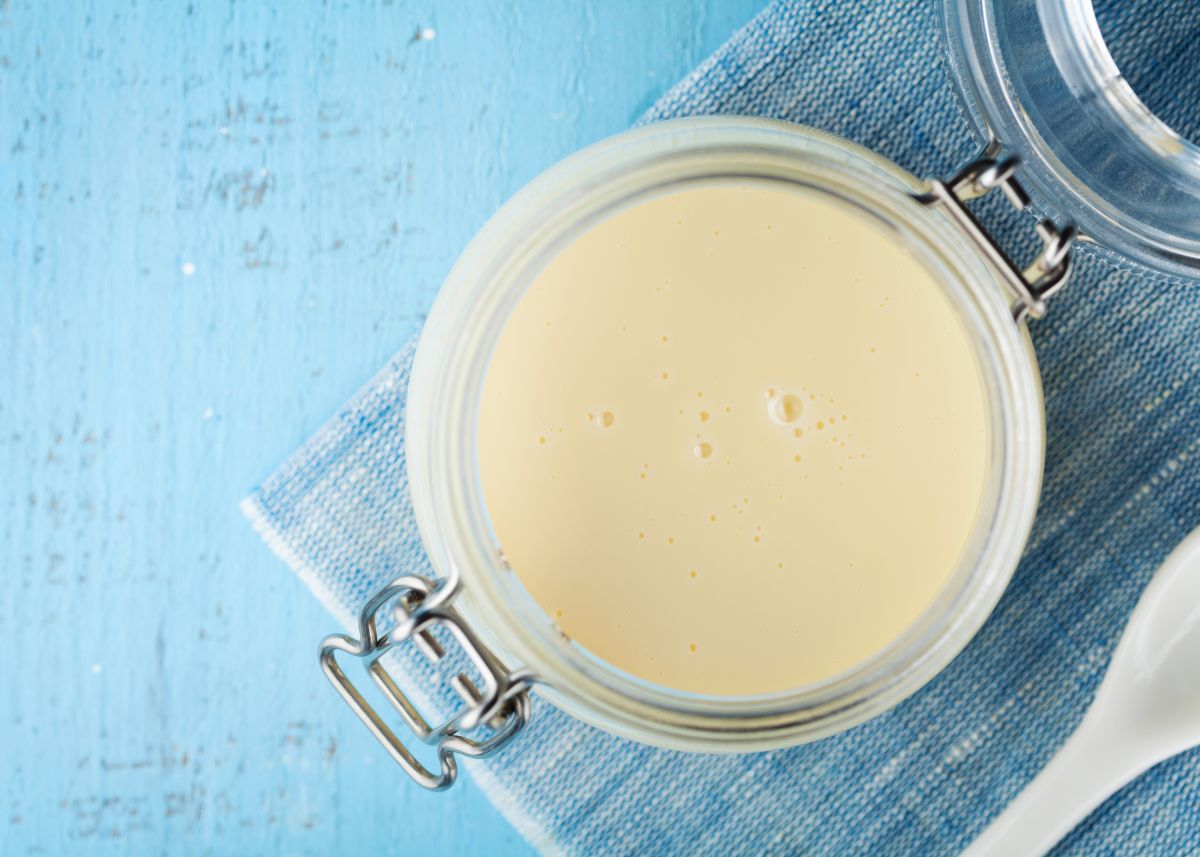
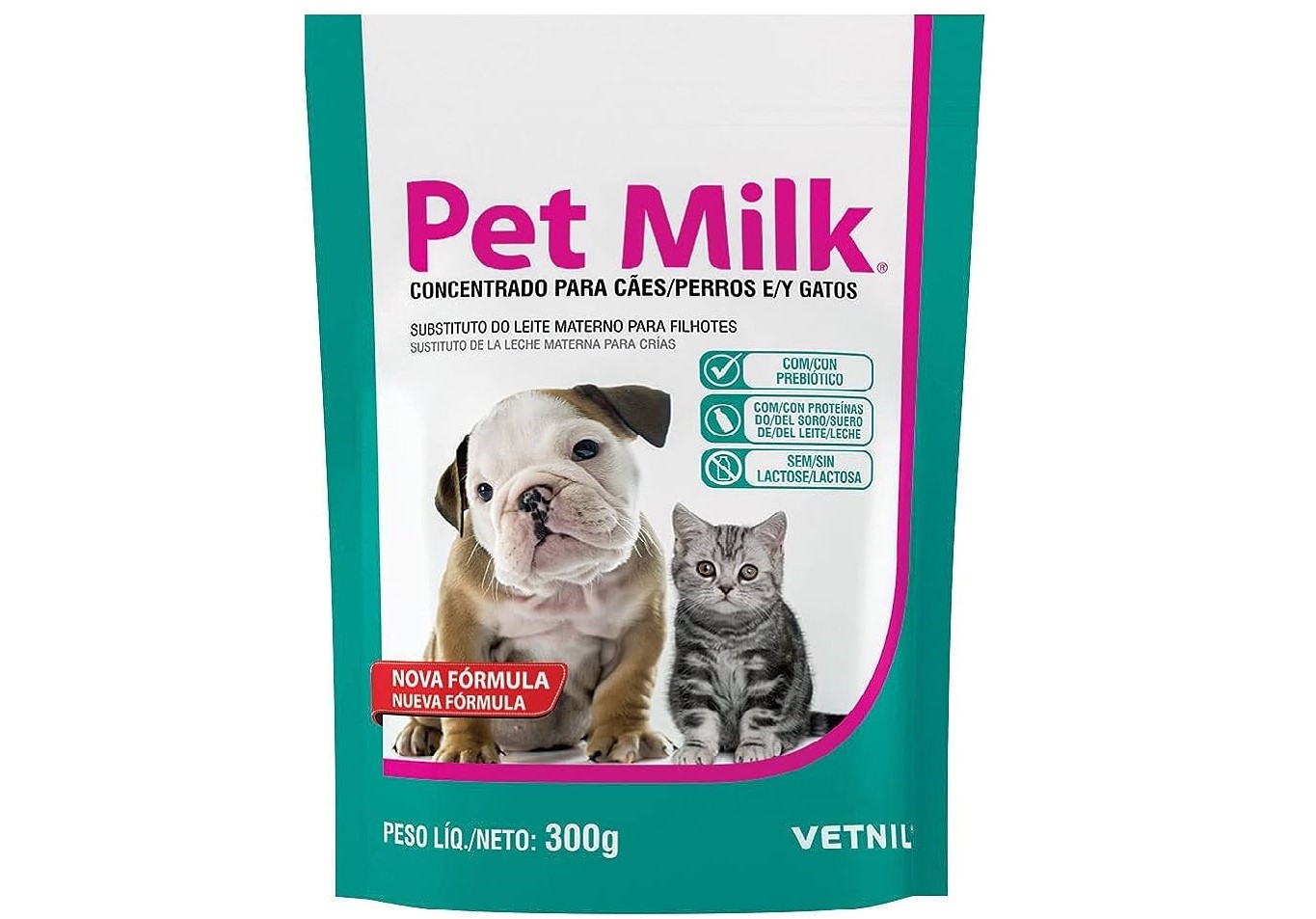
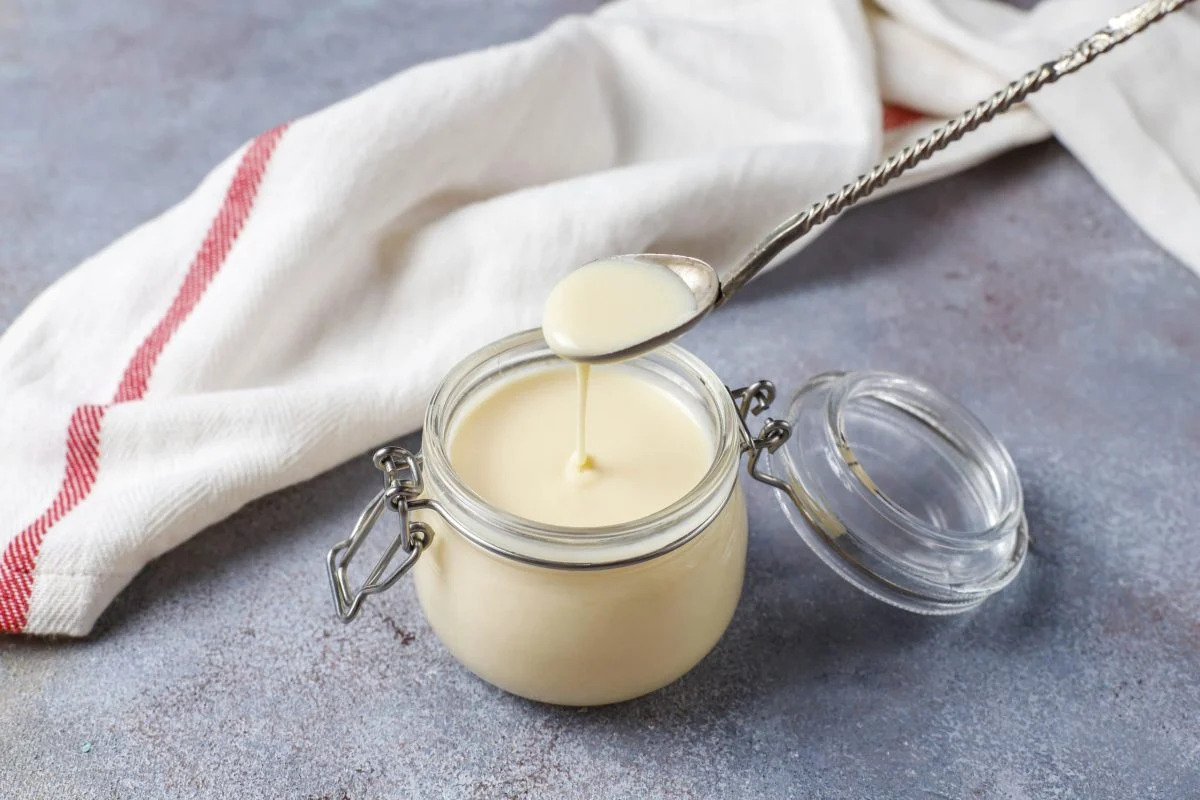
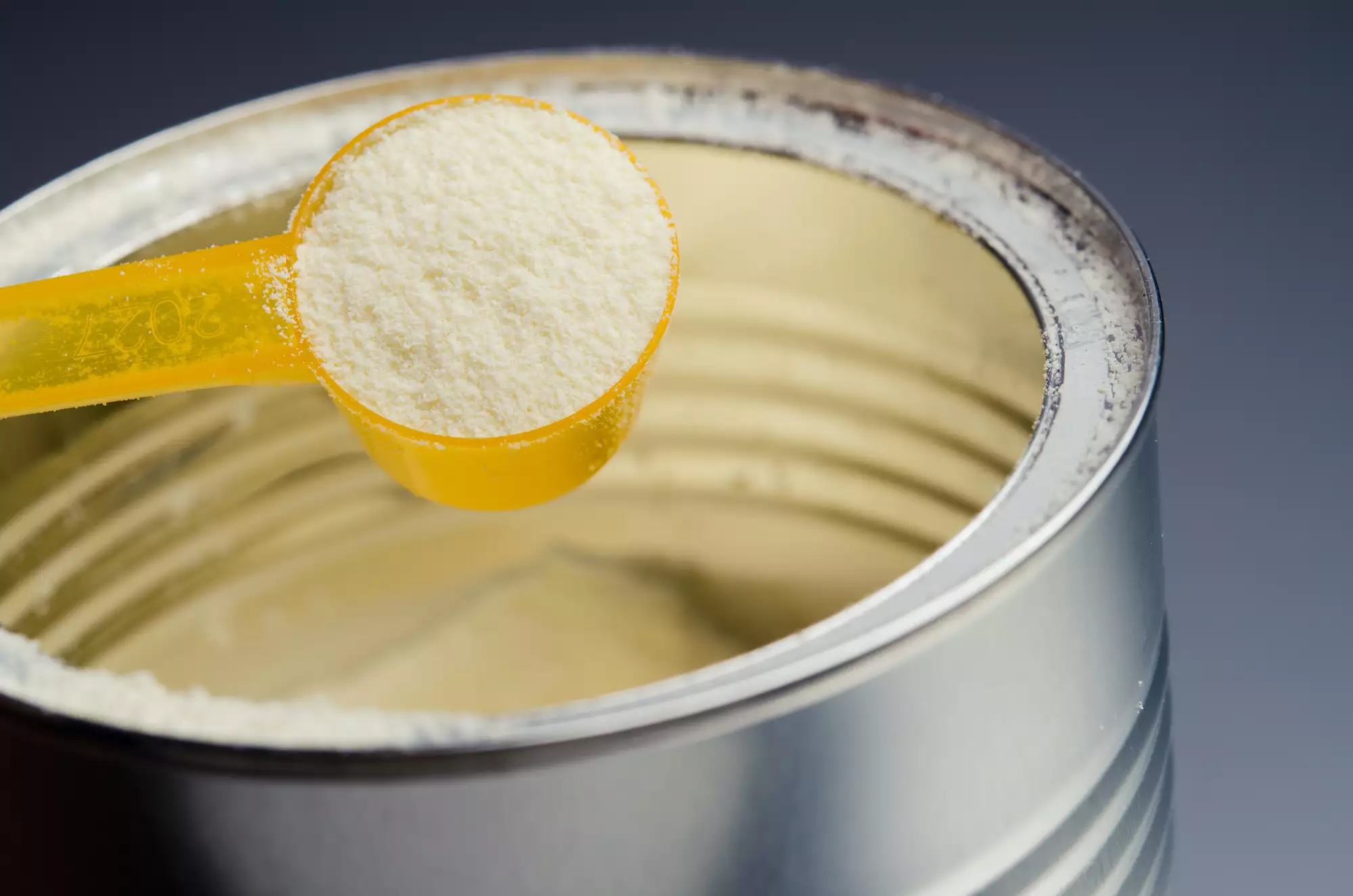
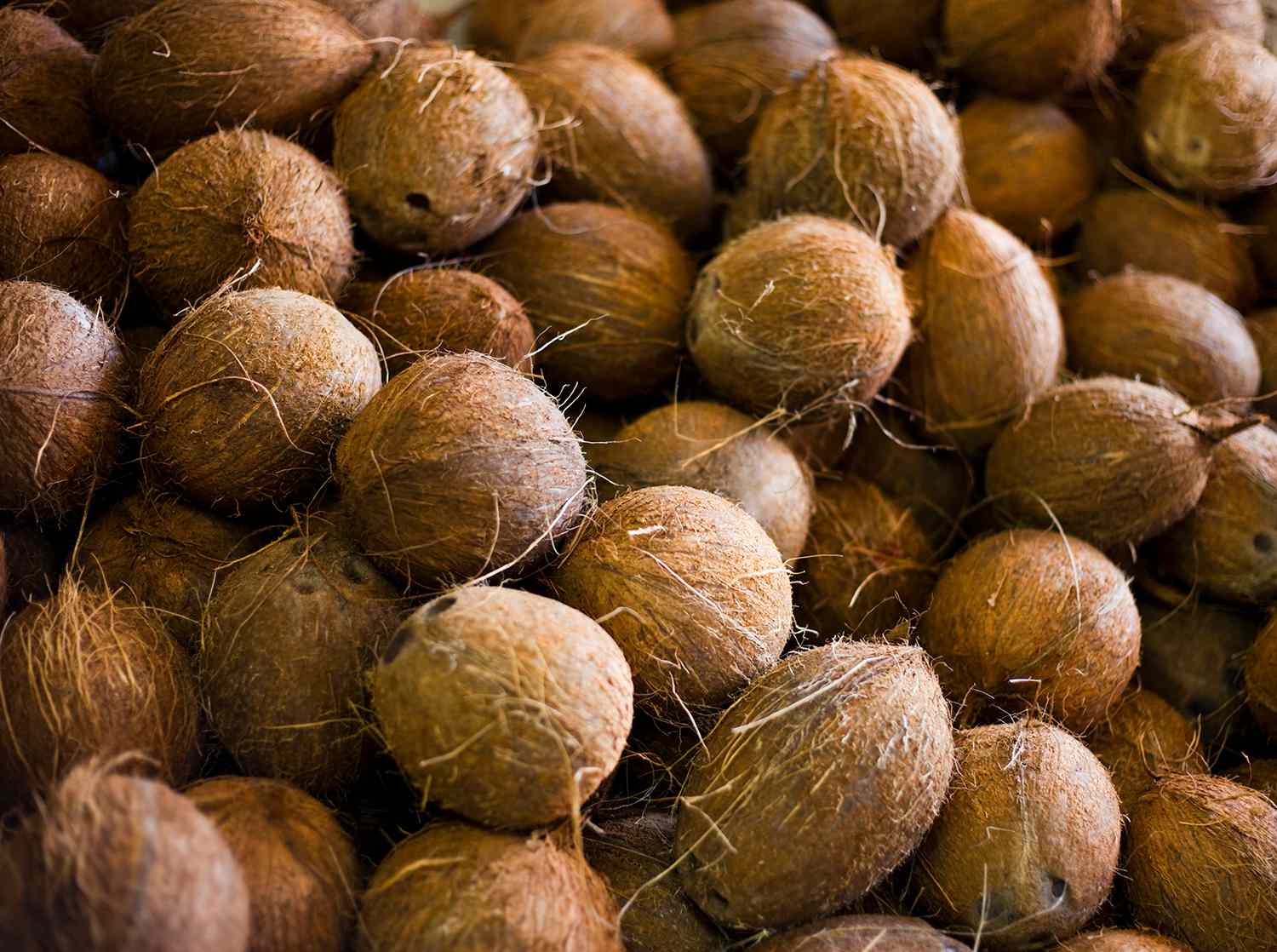

0 thoughts on “How To Store Opened Can Of Coconut Milk”